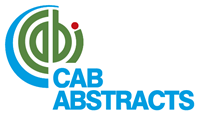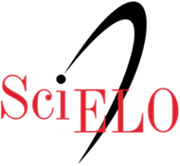<b>Comparison of the allocation of phytomass in soybean and bean and its potential role in biological nitrogen fixation</b> - doi: 10.4025/actasciagron.v34i3.13942
Resumo
Soybean is a self-sufficient specie in nitrogen acquisition due to their efficient association with diazotrophs. Unlike bean, which requires nitrogen supplementation, soybean is not dependent on nitrogen fertilization. This interspecies difference may be related to the allocation pattern of photosynthates during their growth cycles. Distinct from soybean, common bean cannot maintain their active nodules until the end of their growth cycle due to the unavailability of photosynthates in their roots after flowering. To compare the partitioning of the phytomass in soybean (Glycine max (L.) Merrill) and common bean (Phaseolus vulgaris L.) species during their ontogenetic cycles, a growth analysis experiment were conducted with Favorita BRS and BRS Pontal varieties, respectively. The results revealed that soybeans keep producing leaves, branches and roots even after flowering, indicating no limitation in the supply of photosynthates to its organs, especially to the roots, where a predominant allocation of photosynthates can favor nodule activity. After flowering in bean plants, allocation preferentially occurs to the pods at the expense of the other organs including the roots, which potentially affects their nodule activity.
Downloads
DECLARAÇÃO DE ORIGINALIDADE E DIREITOS AUTORAIS
Declaro que o presente artigo é original, não tendo sido submetido à publicação em qualquer outro periódico nacional ou internacional, quer seja em parte ou em sua totalidade.
Os direitos autorais pertencem exclusivamente aos autores. Os direitos de licenciamento utilizados pelo periódico é a licença Creative Commons Attribution 4.0 (CC BY 4.0): são permitidos o compartilhamento (cópia e distribuição do material em qualqer meio ou formato) e adaptação (remix, transformação e criação de material a partir do conteúdo assim licenciado para quaisquer fins, inclusive comerciais.
Recomenda-se a leitura desse link para maiores informações sobre o tema: fornecimento de créditos e referências de forma correta, entre outros detalhes cruciais para uso adequado do material licenciado.




















































